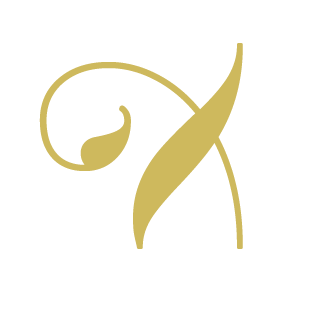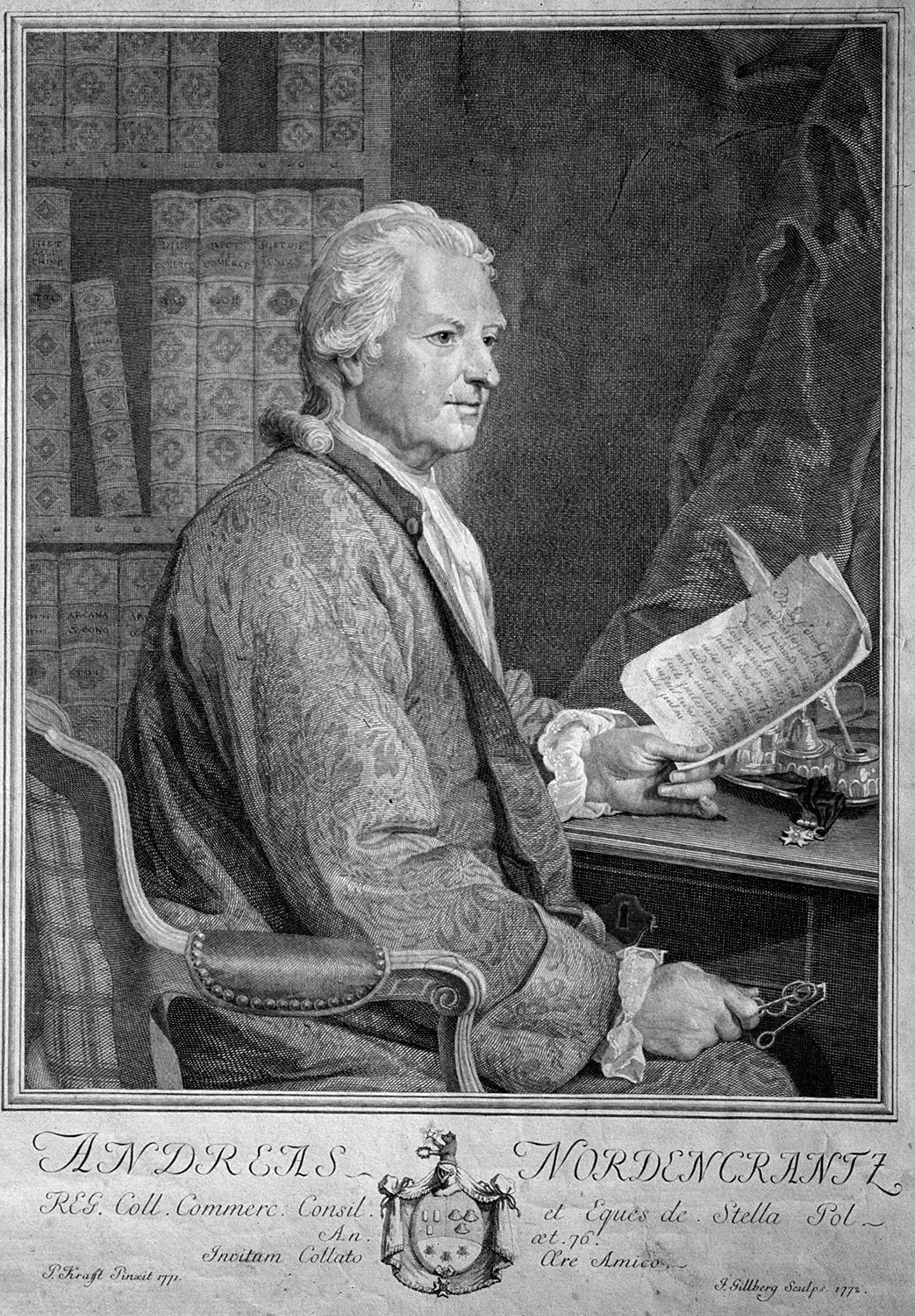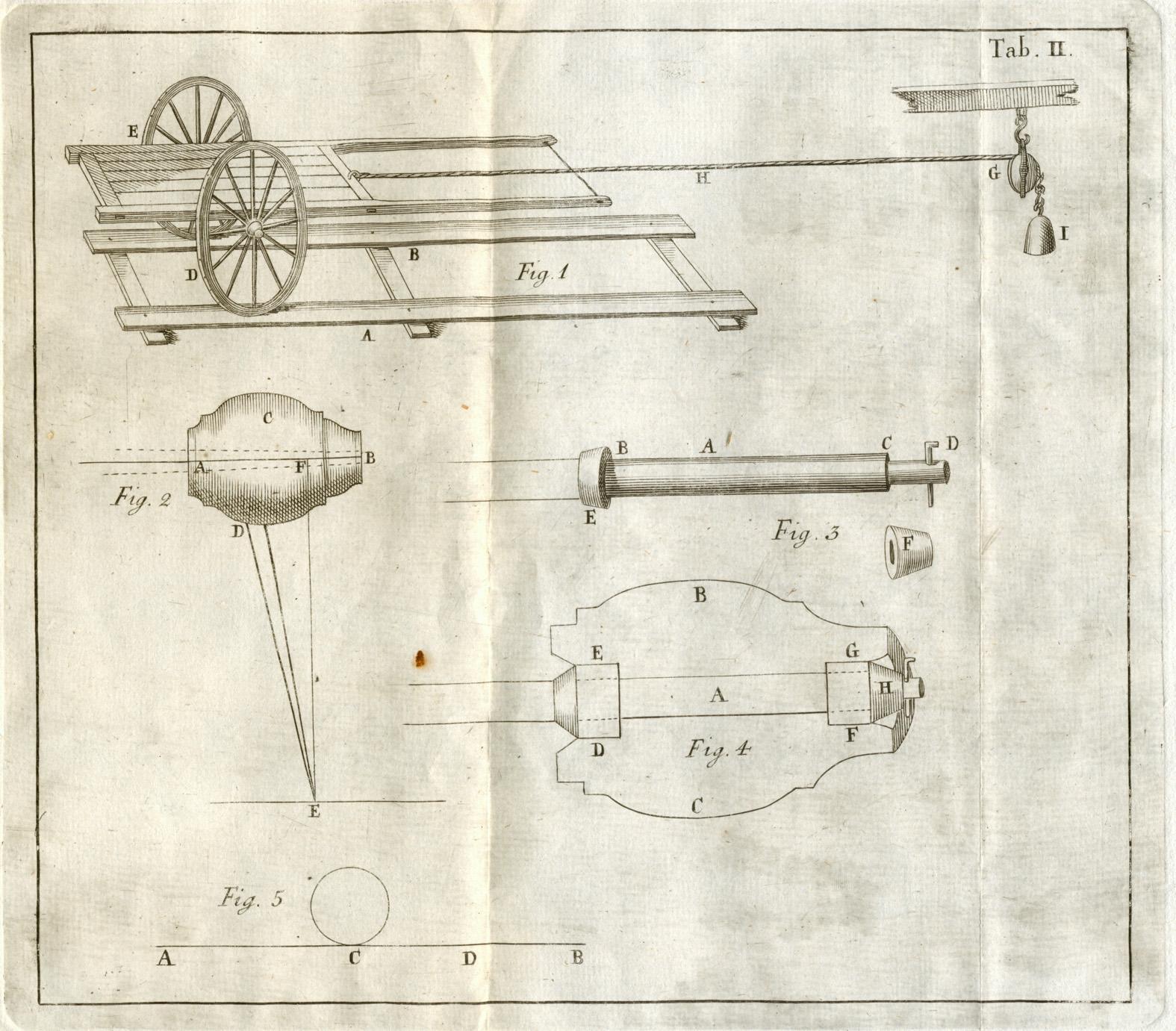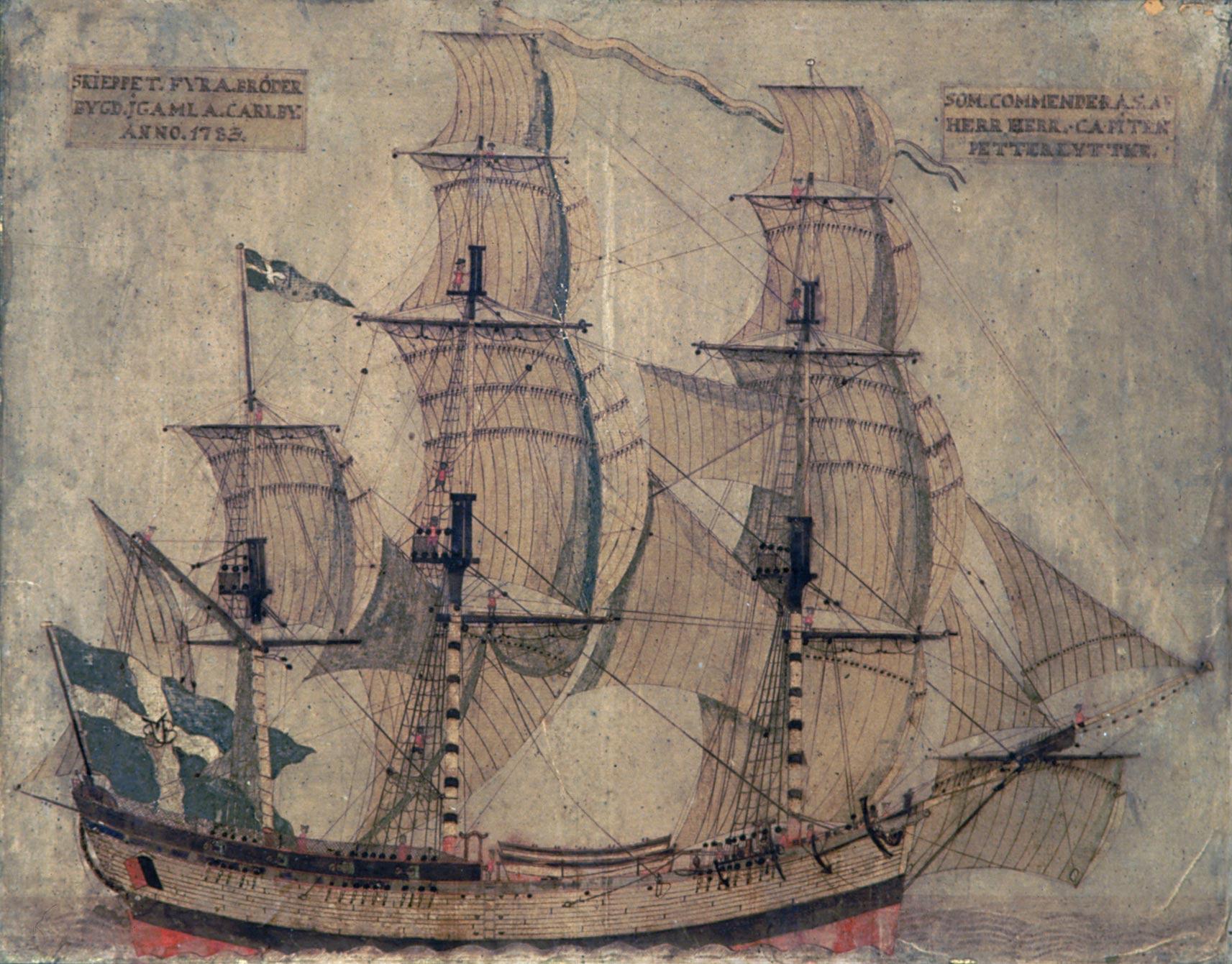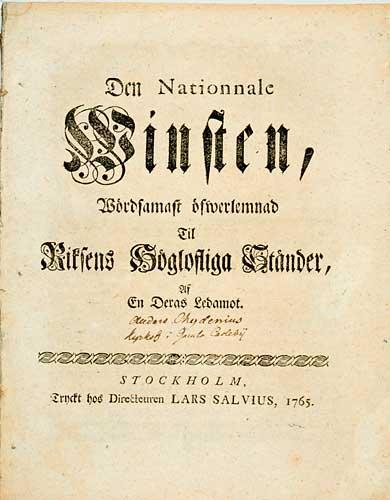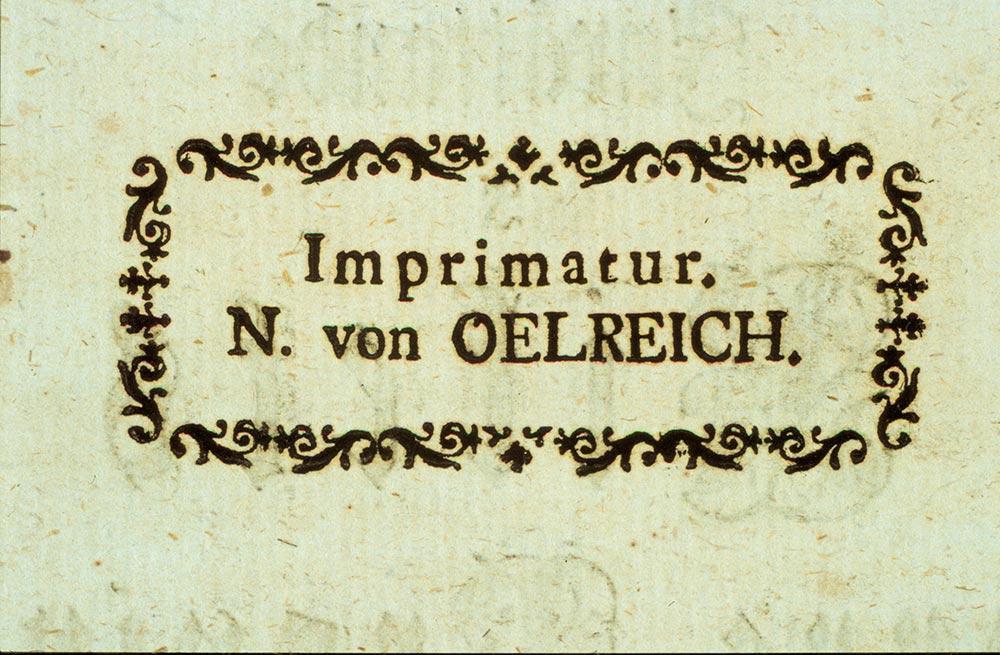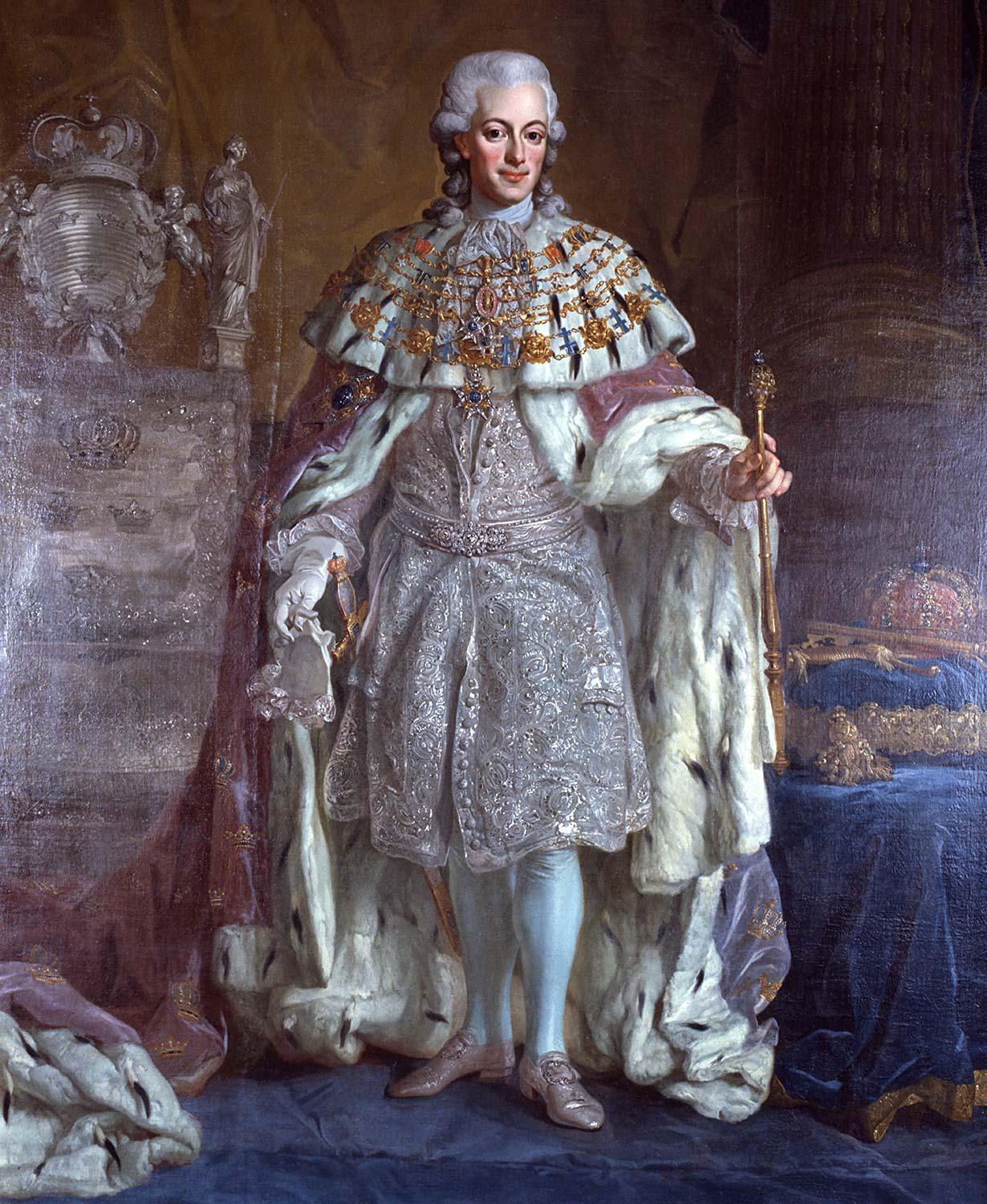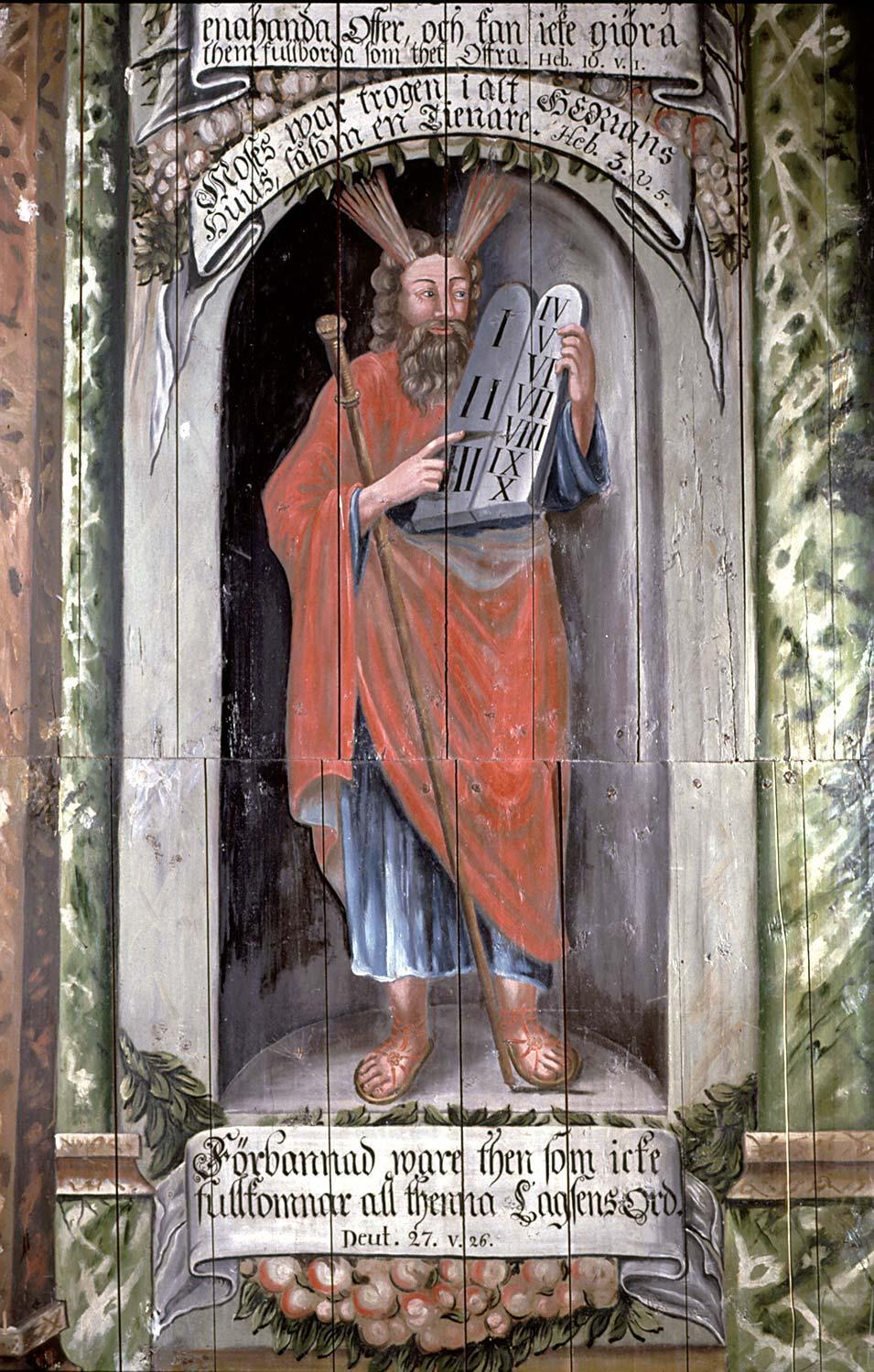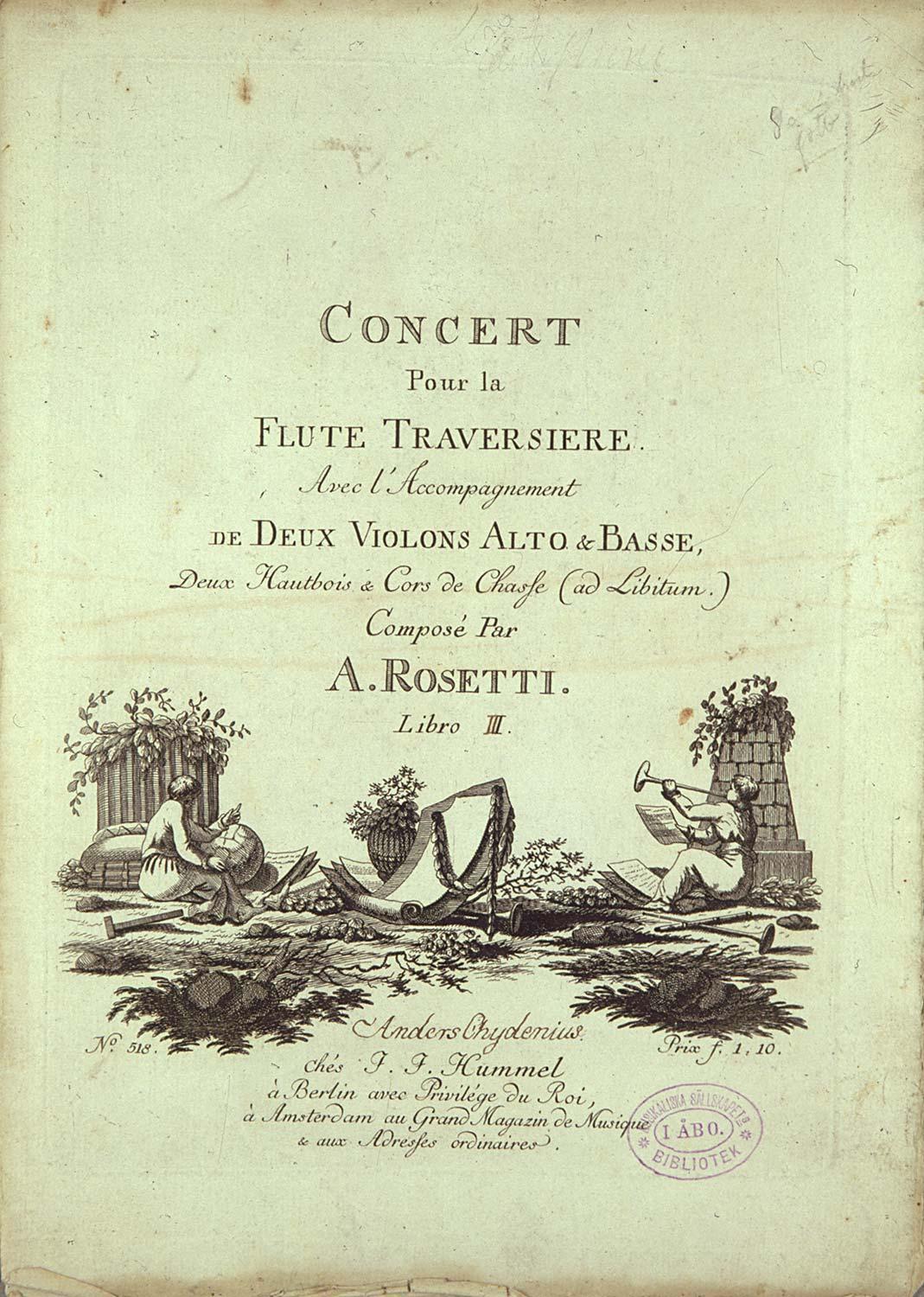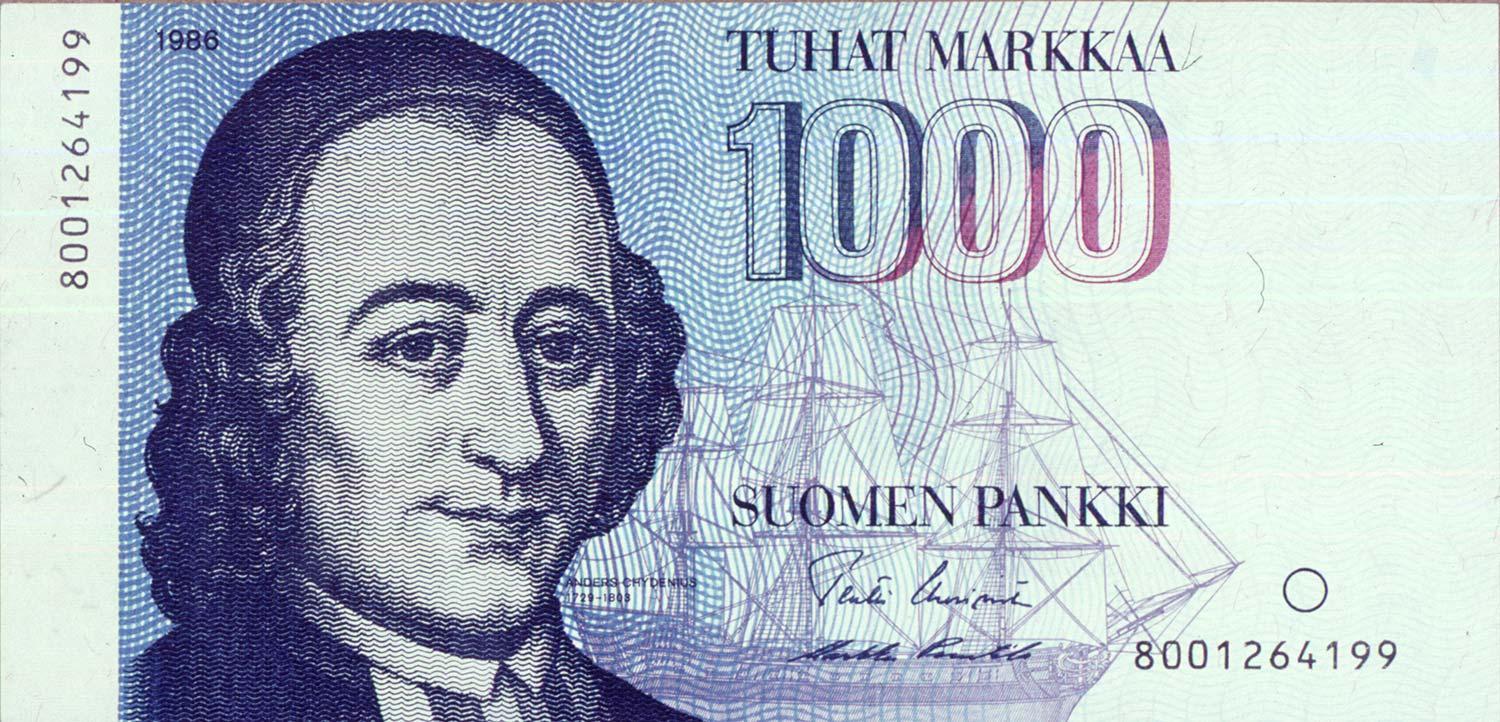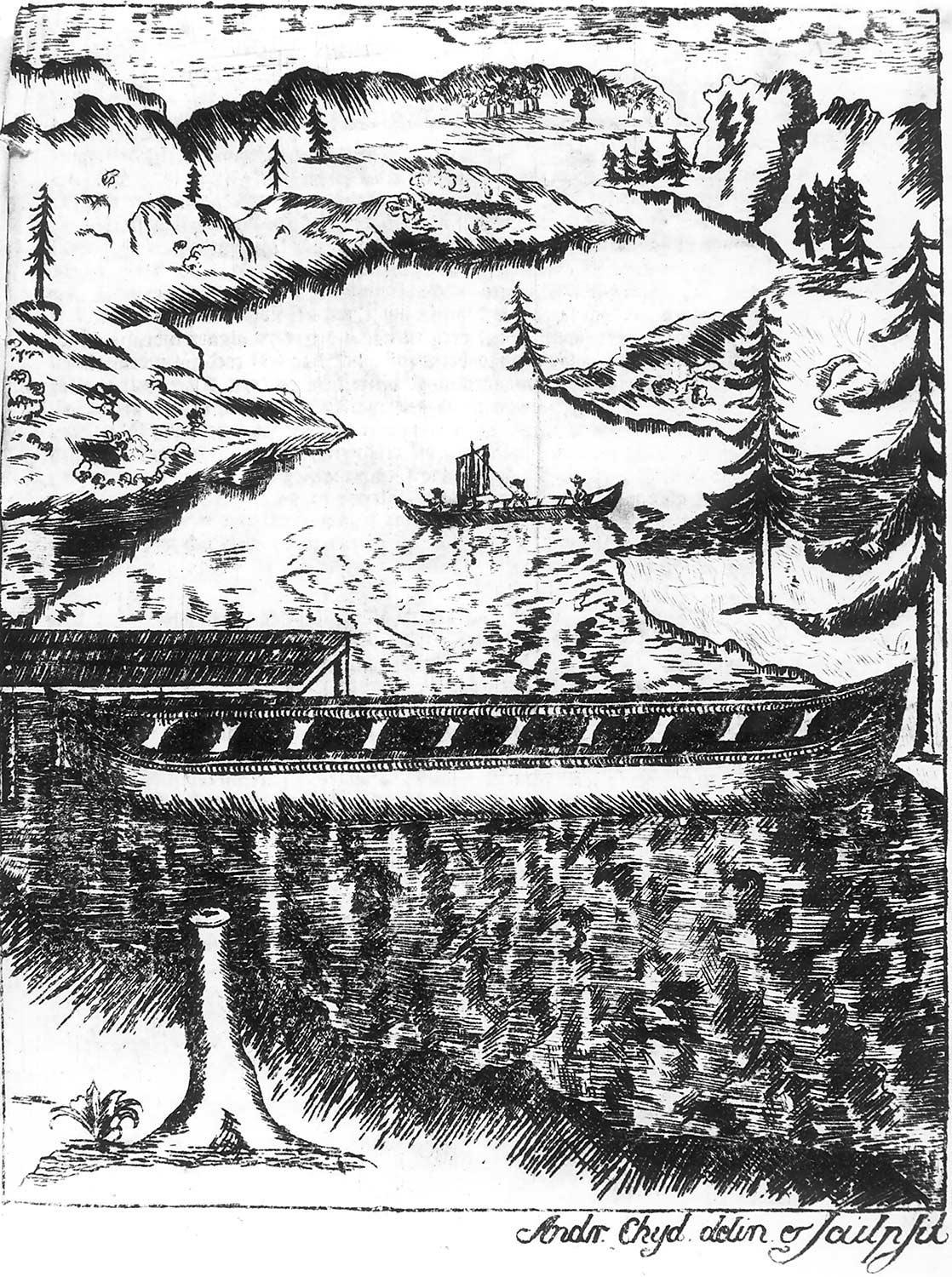The Church Builder, Signposter of Highways, Founder of a Library…
The last years of Chydenius’ life continued to be active, although he withdrew from political life throughout the whole of the 1780’s. In fact he did attend the Diet for the third time at Gävle in 1792, but this Diet remained of little significance, due to the king’s discontinuation of the Diet at the very beginning for fear of the growing spirit of opposition there. Chydenius continued to write amongst other things, on the subjects of the preparation of saltpetre and of opium, on inoculation against smallpox, and also about the settlement of Lapland and the development of Finnish agriculture. The most lengthy work (of more than a thousand pages) he wrote was however a collection of sermons written for an essay competition, and which appeared in 1781–1785.
Of all his works, the most concrete which he left behind were the various construction projects of his home parish. The greatest of these was the church extension in stone of 1786–89. The wooden church was also repaired by the church, and near the town a cemetery was built of brick. The rectory gained outbuildings built of stone and brick, which was modern construction for its time.
In 1781 Chydenius was given the title of Provincial Canon, which meant the supervision of the ecclesiastical affairs of the parishes of Kokkola, Kruunupyy, Kälviä and Lohtaja. In his own parish he led matters of civil government too, which were not yet separated from those of the Church. He participated enthusiastically in the planning of a highway inland (towards Jyväskylä). According to legend, he drew the line of the road out himself on the ground.
The practice of medicine also continued during the years at Kokkola : Chydenius prepared medicines and wrote prescriptions, and carried out minor operations. During the war of 1788–90 he established a temporary hospital at Kokkola.
Chydenius was a conscientious enthusiast of literature, both as an author and as a reader, and evidently he greatly influenced the founding of the Reading Society at Kokkola in 1800, a couple of years after those at Vaasa and Turku. The model for the Reading Societies came from the United States of America (Benjamin Franklin‘s The Library Company of Philadelphia) and from central Europe, and they were a kind of forerunner to the public library services.




